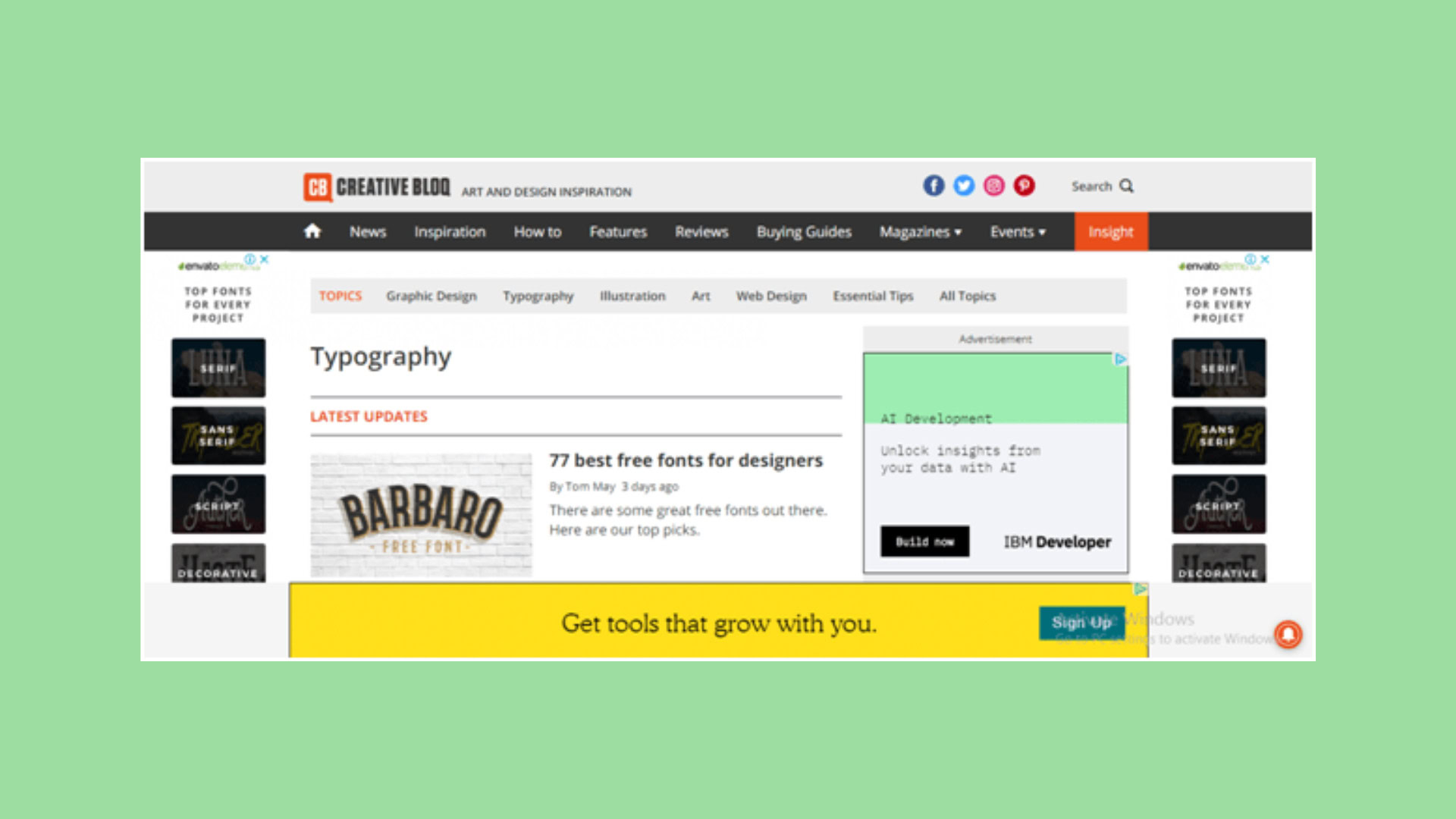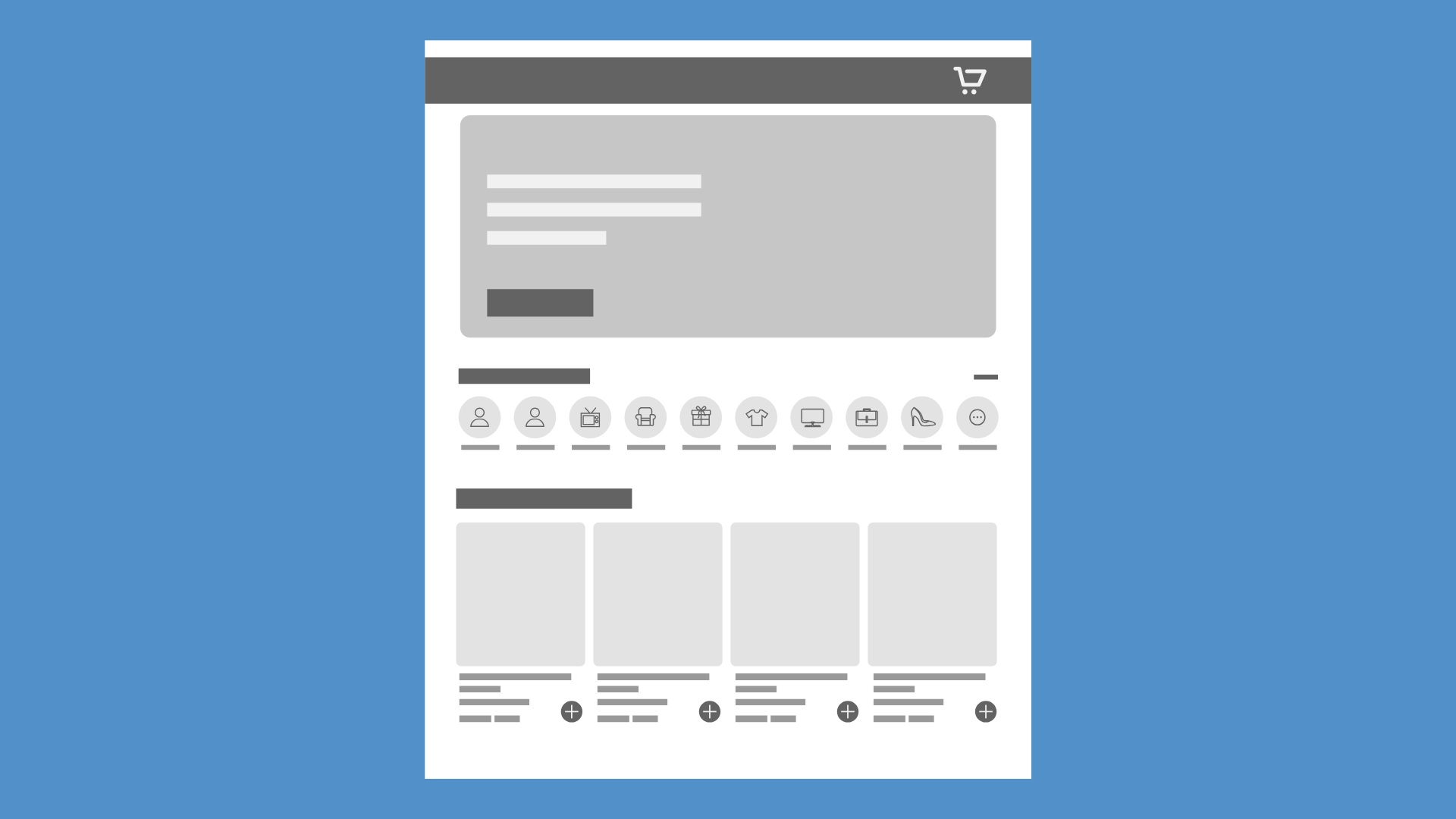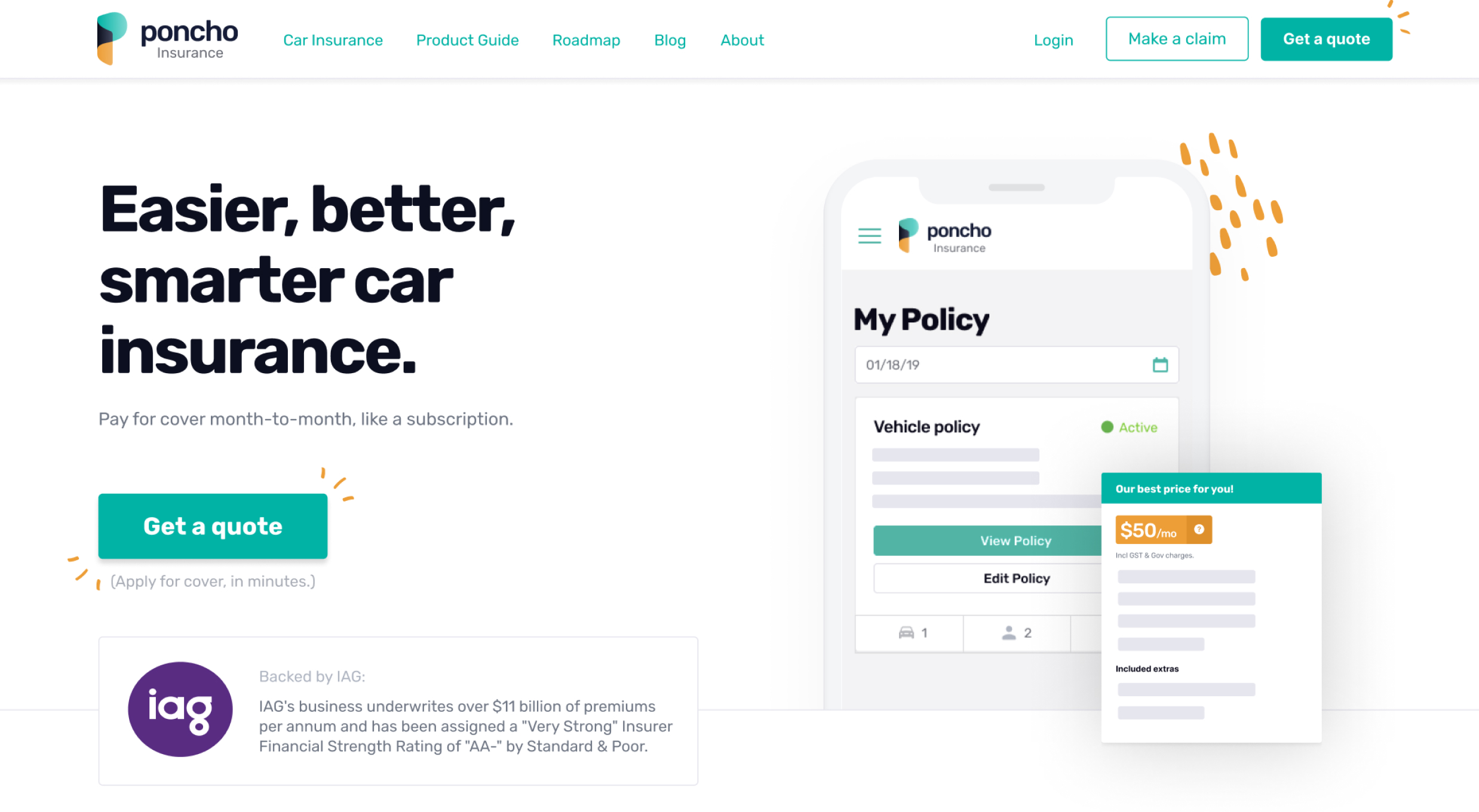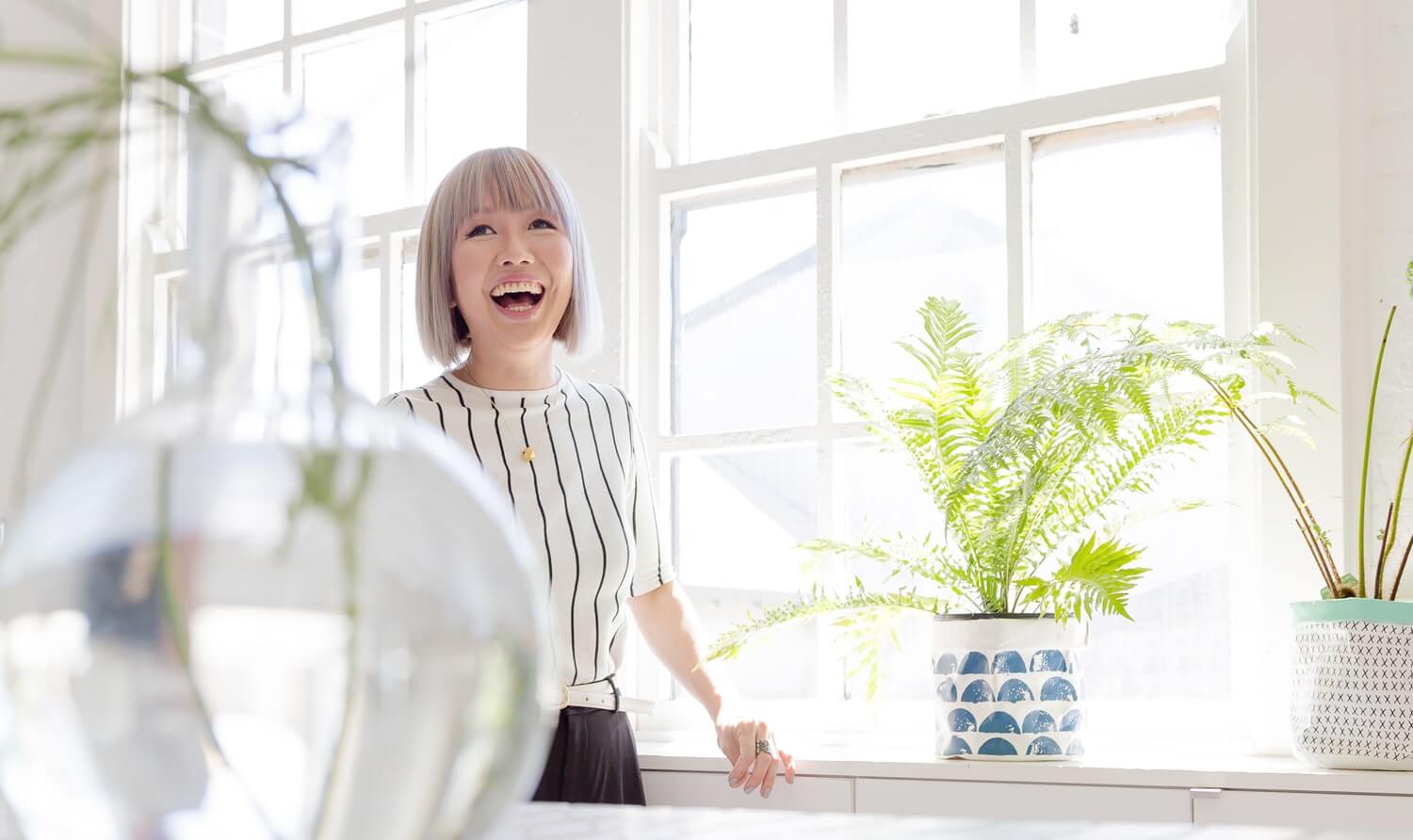
Becoming a Better Designer in 2022 with Jacalin Ding
With nearly 100k apps being released every month, product design has really taken off in the last ten years or so. As a result, there has been a consistent rise in the demand for UI and UX designers, including being in the top 50 jobs in 2022. In addition, the ongoing consumerisation of technology, the rise of social media and the growing purchasing power have led to a steep upward trend in digital products.
If you’re considering a career in UI/UX design but don’t know where to start? We’re here to help. Chatting with the distinguished product designer, Jacalin Ding, Product Design Lead at Style Arcade, who has been in the industry for as long as the industry has existed, we break down the journey of becoming a designer and learning some of the best-kept industry secrets to becoming a better designer in 2022.
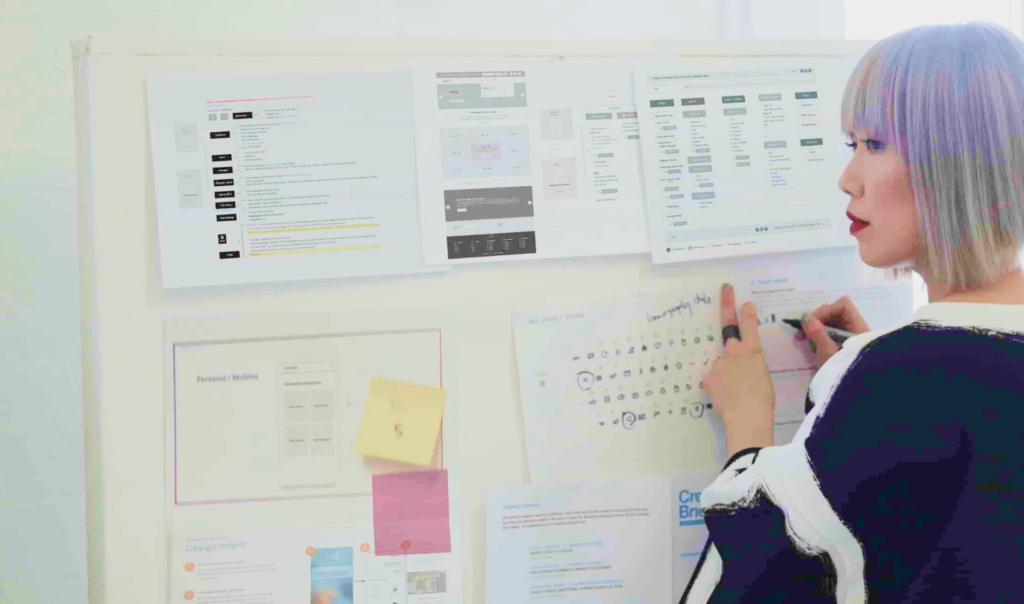
Table of Contents
Where do you start?
Not everyone knows that they are passionate about product design- and that’s okay. For some, they’ve evolved from different types of design to learn their true passion. Academic offerings in product design have only been a recent phenomenon, so all the experienced designers you see today are not prodigies of university education. No, they adapted to the ever-changing and dynamic tech industry by learning-on-the-go and shaping the industry to what it is today.
Here are four takeaways from speaking with Jacalin:
Focus on your interests
You will not grasp the crux of design in one go. First, establish your skillset and passion. Ask yourself these questions if you’re contemplating a career in design:
- Am I generally creative?
- Am I good at research and problem-solving?
- Am I good at materialising ideas?
- Am I good at communication? Especially with multiple stakeholders?
- Do I have a general understanding of design and product?
Design is not just about sketching or picking out colours. A UX designer needs to be a thorough researcher, a seamless communicator, and a problem-solver. You will be required to speak to different stakeholders such as clients, potential users, senior designers, product managers, developers- the list goes on. It may sound daunting, but it’s reasonably achievable.
Adaptability is key
“Earlier, I cared about my personal design style and likings but now, I only care about quality. In product land, it’s all about simplicity and intuitiveness.”- Jacalin Ding
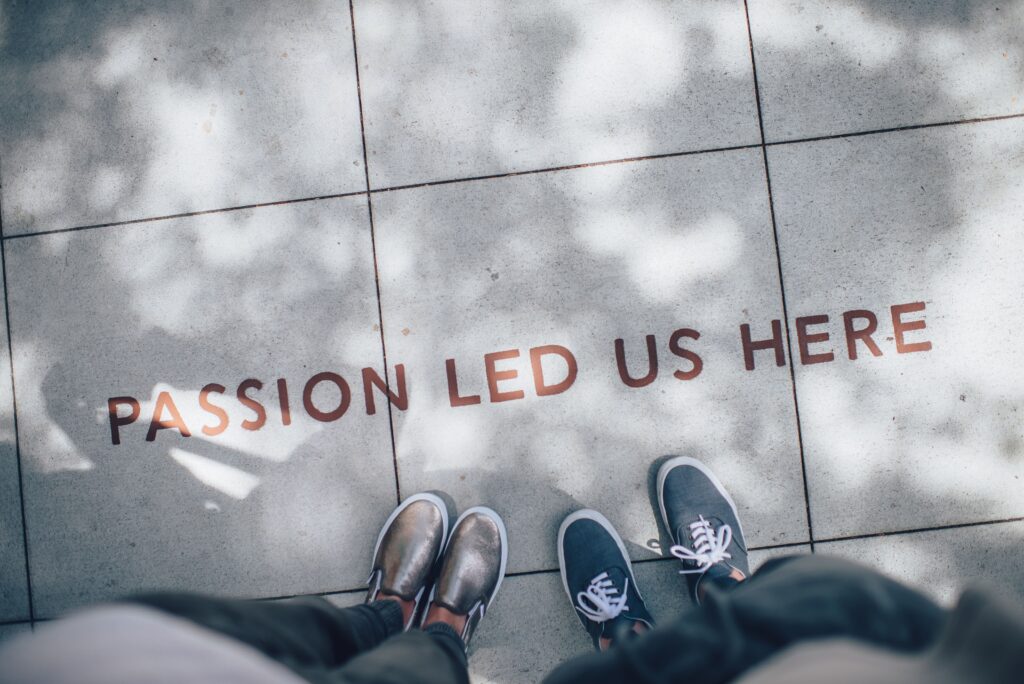
Jacalin reflected on her journey of being the accomplished designer she is today- from jewellery design to product design; she spent her time in various locations- learning and adapting to user needs at each stage. She initially started with textile and jewellery design, then moved into industrial design, designing for window displays in New York. To explore new challenges, jacalin landed in Tokyo but soon understood that the workaholic culture in Japan is not what she came for, so she ended up teaching English for 18 months. She finally began her career in interaction design in Canada at a time when Facebook was the GOAT. She started designing for Facebook apps like games and rich media.
Her primary exposure to digital design was working at a forward-thinking digital agency in Sydney, branching into AR apps. She also took a job at a media agency to understand and learn the landscape better. With innovations coming out before you can finish reading this sentence, a UX designer needs to be in the know of changing dynamics in the design landscape. The metaverse is slowly yet steadily creeping into our lives, and designers need to be prepared. Before you know it, every company wants to have their product metaverse-ready. And that’s only achievable if you can keep up.
Take every experience you can get
Saying no to any project is your loss. Obviously, do some critical thinking, but take it, especially as an amateur in the industry if you are getting an opportunity. It will either be a blessing or a lesson- wither way; it’s a win for you. With every project that you deliver successfully, you learn. You learn to be a better designer, a better stakeholder, a better team player.
Due to the subjective nature of design, every experience varies and teaches you something different. Every designer has, at least once, designed something they’re not proud of, but every product designer you see today is the sum of all their lessons and blessings.
If not for nothing, remember that technical skills like platform efficiency can be taught, but soft skills, which are extremely valuable to any designer, only come with growing experiences.
Learn your basics
If you’re starting or switching gears from a different profession, it may be worthwhile to get your basics right. Instead of pursuing a 3-4 years degree, try your hand at online resources, accessible courses from renowned institutions such as Academy XI or General Assembly, network with different designers to learn about their experience, join a Meetup group, attend seminars- in short, dip your toes before you decide to dive in.
🚀We host the Sydney Designers Meetup which is focused on building a strong community of professionals in product design, UI, UX, data, visual, branding, tech & startups.
Once you’ve gathered the fundamental knowledge, focus on building your technical skills. First, learn the benchmarked industry tools such as Figma, Adobe Suite, Notion and Webflow. Different industries have different tools, but these are just the basics.
📚Read: A Beginner’s Guide to All Things Design – UI, UX, CX & SD (2022)
Don’t wait around for an actual client; start creating personal projects and mock projects to feed and build your portfolio, which is ultimately what gets sent out to potential employers or clients. Jacalin rightly says, “It’s not about what you know; it’s about how you deliver it.”

What are companies looking for?
“UX is a favourite of what the Germans call the Quereinsteiger —newcomers transferring from one field to another and bringing their expertise—their transferable skills—with them.” – Emily Stevens
There is much ambiguity around breaking into the UI/UX field. It’s not as straightforward as going to medical school to be a doctor. Most UX designers come with varied skills from marketing, visual design, research analysis, and more. Like Jacalin, you could even come from a different design field and make your way into digital design.
With ever-growing popularity, one may stop and ask, what do companies look for when hiring a UI/UX designer if the role itself is still developing? Here’s what you need to know:
Excellent Communication Skills
You could be a fantastic designer with an excellent eye for detail, but it’s a drawback if you can’t communicate your ideas or your design can’t communicate the use. A great designer needs first to be a great communicator. You are translating ideas into reality. Designers need to be able to articulate and engagingly tell stories.
When asked about the most critical lesson in her years of experience, Jacalin replied, “Communication trumps everything. The ingredients to becoming a better communicator are consistent reading and writing.”
Translating ideas to tasks
Design bootcamps may teach you all the necessary technical skills quickly, but learning how to communicate takes time, and no bootcamp can teach it to you.
🔥Hot Tip: Every designer should practice writing. Start journalling. Before you engage with a client, write down your ideas before you talk. Write 1 LinkedIn post a week. It’s all practice for how well you can articulate.
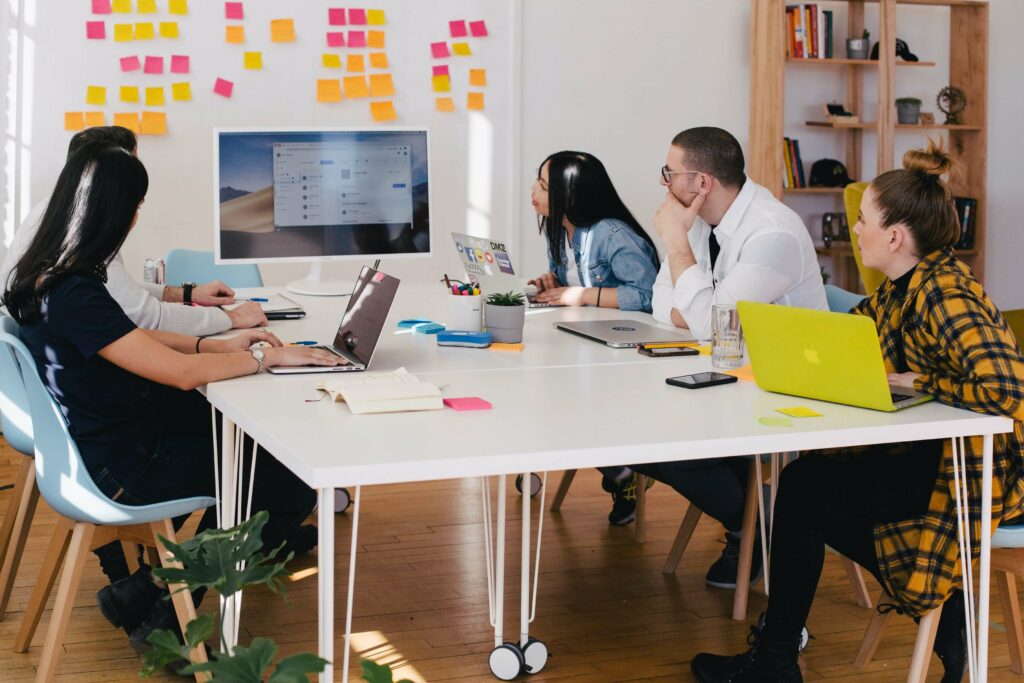
Going beyond design: stakeholder management
All of these communication skills- where will you take them? To the stakeholders. UI/UX design is not a standalone profession. You cannot be holed up in a room- it’s a creative process. You will need constant interaction throughout the role. Brainstorming with a colleague, pitching your idea to the client, translating your ideas to developers, reviewing the product with the PMs, interviewing potential and test users- there are comms left & right.
It’s not just about technical knowledge
As discussed earlier, you can upskill on the technical side of skills anytime- in fact, you WILL need to learn new platforms throughout your career as you mature into the role. When you’re a fresh designer, you are focused on creating innovative designs adding your ‘touch’, but over some time, your focus will shift from your liking to addressing client needs. A lot of the time, you will see yourself battling between your style of design and what a client wants, probable banging your head against the wall- but you need to understand that the actual designing part of the process is only 1/4th of what you need to do as a designer.
There will be a point in your career when your design skills go on autopilot mode while the real spotlight shines on pitching and negotiating.
Industry’s best kept secret
The one you’ve been waiting for. What is the design industry’s best-kept secret so far? We’re to reveal it today.
*drumroll, please*
“Don’t be afraid to steal.”
Yes, you read that right. Do. Not. Be. Afraid. To. Steal.
“ Picasso had a saying- Good designers copy, great designers steal.” – Steve Jobs

Before you get the wrong idea and end up robbing a bank because a stranger on the internet told you to do so- we’re talking about stealing the design and structure. No, don’t plagiarise the content. Instead, reflect on a senior designer’s design/case study/portfolio as a user- why do you like the said content? Then, take that structure and implement it because you will soon have users interacting with your content.
Jacalin exclaimed that all the new designers fresh out of bootcamps are ready to innovate. “I’m not like other designers; I’m going to create a new style to present my portfolio/case study.” Yes, absolutely, go for it. Do it for your first project but moving forward, lean into what senior designers are doing- there’s a reason it’s working.
Especially when it comes to user flows since the users are already accustomed to a specific structure. So, for example, you may be tempted to move the navigation bar from the bottom of the screen to a hidden bar that shows when clicked. Still, most apps come with a standardised navigation bar at the bottom- you can innovate the actual aesthetics of the bar, but it would be recommended to keep the location as it is.
Over the years, UI/UX design has seen the trend for ‘simplicity’ and ‘less is more’. And rightly so. Simplicity leads to accessibility and mass usage.
Ready to become a better designer in 2022? You can join the Sydney Designers Meetup to network with professionals from the top companies and upskill.
Take your company to the next level and get results with our world class user experience, interface design and implementation.
Get a FREE 30 min Strategy Session

Related posts
Dashboard Design Disasters: 6 UX Mistakes You Can’t Afford to Make
Have you ever stared blankly at a dashboard, overwhelmed by unclear data or buried in endless menus? You’re not alone! […]
Why Menus Are Disappearing in Modern UX
Have you ever opened a new app or website and thought, “Wait… where’s the menu?” You’re not alone. Many users […]
5 Key Learnings from Nintendo’s Success
What can you learn from Nintendo’s success? Yep, Nintendo, the Japanese electronics and video game company that powered your childhood. […]
Creative product design that gets results
Take your company to the next level with world class user experience and interface design.
get a free strategy session

